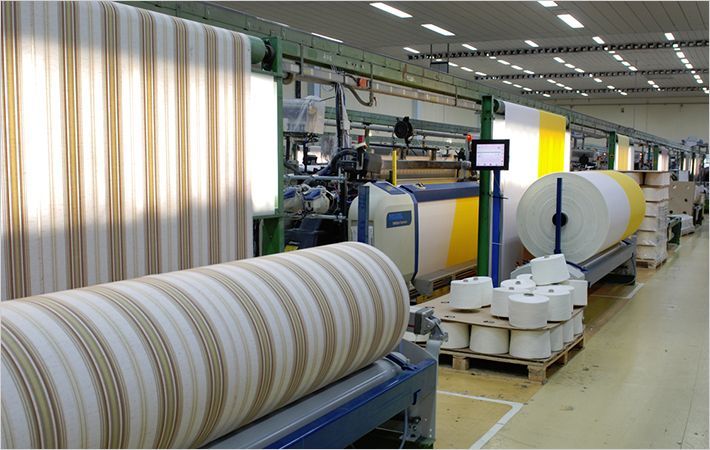It is also important to have safety clothing to protect the skin, especially for the increasing number of cutting and welding applications with hand-guided laser systems. Operators are often in the directly next to the interaction zone between the laser beam and the materials to be processed, and often high-power lasers are in use.
Under unfavorable conditions, for example when highly reflective surfaces are being processsed, the laser beam may be quickly deflected towards the user, causing severe skin burns. Also, near infrared laser radiation may penetrate into deeper tissue, and damage blood vessels and other biological tissue.
Therefore, the laser protective clothing developed within the framework of the EU “PROSYS” project is pursuing two strategies. First, researchers have designed a passive system with multi-layer technical textiles. The top layer has a special coating which diffusely reflects the laser radiation as much as possible.
Radiation which may penetrate this first layer is then evenly spread out by the middle layer. Any residual heat, at least for a limited amount of time, which enters the energy barrier of the inner layer, may trigger a pain sensation.
“This is intentional. Users should notice that they are being exposed to hazardous radiation, so they have the chance to withdraw their hand or arm,” explains Michael Hustedt, Head of the Safety Group at the LZH, and coordinator of the PROSYS project. Normal reaction time is up to 4 seconds, and the passive system can protect users for output densities up to 900 kW/m2, making this protective clothing 20 times more effective than what is presently available on the market.
The effectivity of the protective clothing can be even further improved by integrating an active system, which uses sensors embedded in the different layers. If the sensors are damaged by radiation, they send an electrical signal to the laser in less than 100 ms, and the laser is automatically shut off. The operators’ movement is not impaired, since the active system uses a wireless communication system between the safety transmitter and the receiver for the laser.

